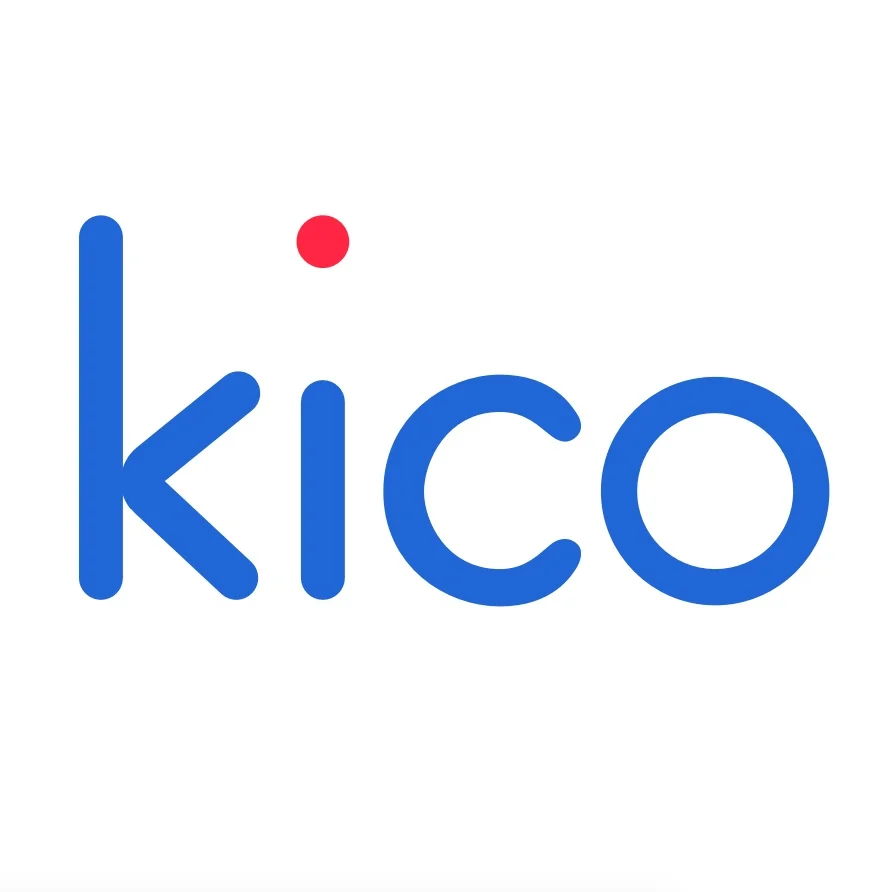Kico
A new friend-making experience based on your check-ins. Find people with similar life style in your local community.
CONTEXT:
Kico is the product of a 10-week Launch Project at Global Innovation Exchange(GIX). The Launch Project is the culmination of our studies at GIX, we put all we have learned throughout the program, and run the project like a startup. We went through stages identifying the problem, validating the assumptions, turning them into requirements and prototyping base on those requirements.
MY ROLE:
My role was being the UX Designer and de facto Project Manager on the team. I was responsible for conducting user research & delivering designs ranging from wireframes and hi-fidelity screens for the app.
TEAM:
(Left to right) Shenghan Gao, Jacques Feng, Zhibin “Jeremy” Lin and Yifan Liu
Problem
Newcomers to a city often encounter one problem: they have difficulty meeting new people outside of their workplace or school. In Seattle, newcomers have grown 20% in the past 8 years while only 29% of them felt welcomed by the local communities. For newcomers aged from 23-33, they have spare time and money, but feel hard to make the first step to meet people due to the discrepancies in background, culture.
In our primary research, we have found that people meet new friends by being at the same place and engaging in same activities, similarities in interests and past experiences help enhance their chances of becoming real friends.
From the affinity analysis, we generated a list of requirements for our application:
Experience requirements
Encourage people to spend time together at the same place
Help people find similarities and complementarities
Create a unique experience, which people can feels like it’s destiny
Need to be secure (emotionally)
Encourage continuous (follow up) interaction
Mechanism requirements
Reward system/overarching goal
Different modes for people who have different desire
Simple interactions with low difficulties
Casual, short games without raising conflict
Be able to communicate during the game
Other requirements
Security/safety
Prevent cheating
Personas
With the requirements in mind, we created a few personas that would represent our potential users.
Scenarios
We also created a scenario of how our app would used by our potential users.
Market Analysis
Before we dive into product development, we conducted a market analysis looking at existing products and what target user they focus on. We plotted them on a chart and found that there is a gap in instant-offline friend-making experience.
User Flow
The next step is creating a user flow diagram to show the user journey, and help our engineers understand and architect the structure of the application.
User flow diagram
Wireframe prototype (V0.1)
For our first prototype, we focused on the overall navigation of the app. We want to conduct a cognitive walkthrough and find out if the navigation model would make sense to our users. Our testing results were quite encouraging, majority of users understand the hamburger/left panel structure. One concern was the bottom bar navigation, some users felt that it conflicted with the functionality of left panel.
Prototype V0.2
After the cognitive walkthrough activity that we did with users, we revised our wireframe prototype. At this point, our engineers have started developing the application, and wanted to get an understanding of the look and feel, therefore we made V2.0 into a higher fidelity prototype.
Prototype V0.3
For prototype V0.3, we have developed a set of guidelines and design language that is consistent throughout the application. One major change is our dashboard/main screen. Initially we used a mapview to help users understand what is around them, but later we found out from user interviews that a view of potential matches would be more useful for them, and would create a more simulating experience. Therefore, we moved our User Match section(through our matchmaking algorithm) to the main screen.
Alpha Testing
With majority of our application designed and implemented, we move onto testing it with a larger pool of users. Through on-campus recruiting, we were able to get 50 users to install our application from Apple Testflight, and play with it throughout the day.















